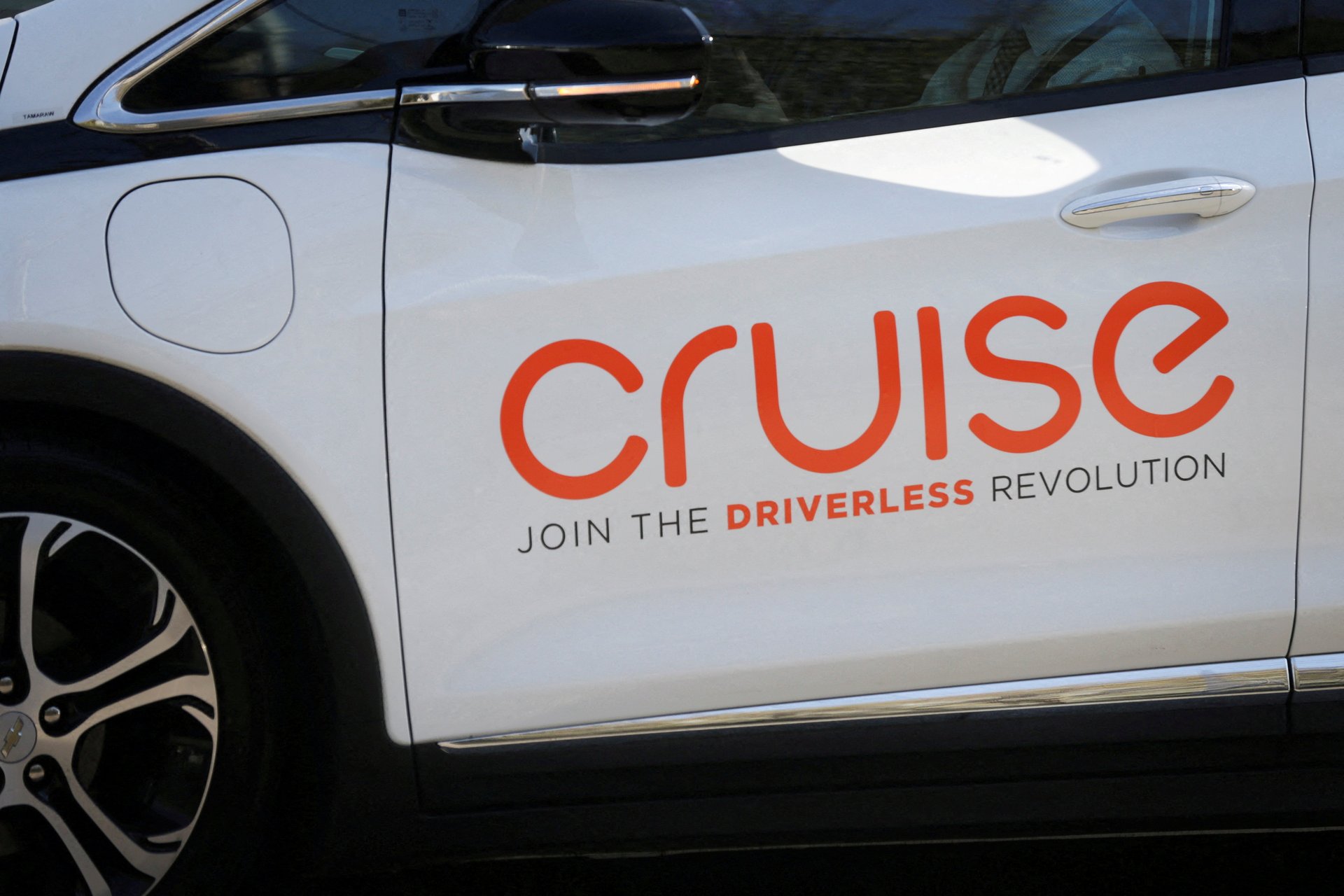GM will resume testing its Cruise self-driving cars on public roads, report says
General Motors' troubled robotaxi unit was forced to suspend operations last year after a devastating incident in California

After suspending operations last October following a disastrous incident that severely injured a woman in San Francisco, General Motors’ Cruise is reportedly preparing to resume testing its self-driving robotaxis.
Suggested Reading
The company has been in talks with officials in several U.S. cities — including Houston and Dallas — to resume testing its cars on public roads with safety drivers behind the wheel, people familiar with Cruise’s plans told Bloomberg. Before a months-long controversy, Cruise had been testing its robotaxis in Austin, Houston, Phoenix and San Francisco.
Related Content
Cruise has previously said it would focus on restarting operations in a single U.S. city. Bloomberg reports that Cruise is speaking with regulators and city officials to ensure a positive reception to restarting its tests.
Representatives for Cruise and GM did not immediately return requests for comment.
Cruise has struggled to regain the public’s trust after several controversies in San Francisco, where the company had deployed hundreds of robotaxis. The most damning incident occurred on Oct. 2, when one of its cars — nicknamed “Panini” — dragged a pedestrian about 20 feet after the individual was struck by a different vehicle.
California regulators later accused Cruise of withholding essential information and details of the incident and suspended the company’s permits to carry out operations in the state. The U.S. Department of Justice and the National Highway Traffic Safety Administration have also opened inquiries into the company.
In the months following the initial incident, Cruise laid off a quarter of its workforce and dismissed several executives. CEO and co-founder Kyle Vogt, who had a key role in Cruise’s heavily criticized response to the Oct. 2 incident, resigned in November, as did fellow co-founder Dan Kan.
Since then, the company has hired a veteran Ford and Apple official to be its safety chief and issued an independent third-party report on its governance and government relations.
“The reasons for Cruise’s failings in this instance are numerous,” law firm Quinn Emanuel Urquhart & Sullivan wrote in its review. The firm pointed to “poor leadership, mistakes in judgment, lack of coordination” and an “us versus them” mentality when meeting with regulators.
Cruise cost GM about $3.48 billion in 2023 and is facing a potential $1.5 million fine from California regulators. In June, GM CEO Mary Barra said the division could generate $50 billion annually by 2023, partially due to an expansion of Cruise’s services in international markets.
Google’s Waymo — the chief competitor to Cruise — has suffered its fair share of incidents in recent weeks.
A crowd in San Francisco recently lit one of the company’s self-driving vehicles on fire. Just days later, Waymo recalled its previous software after two of its robotaxis crashed into the same truck in December. Another Waymo car crashed into a cyclist in San Francisco because it failed to register them in time.
